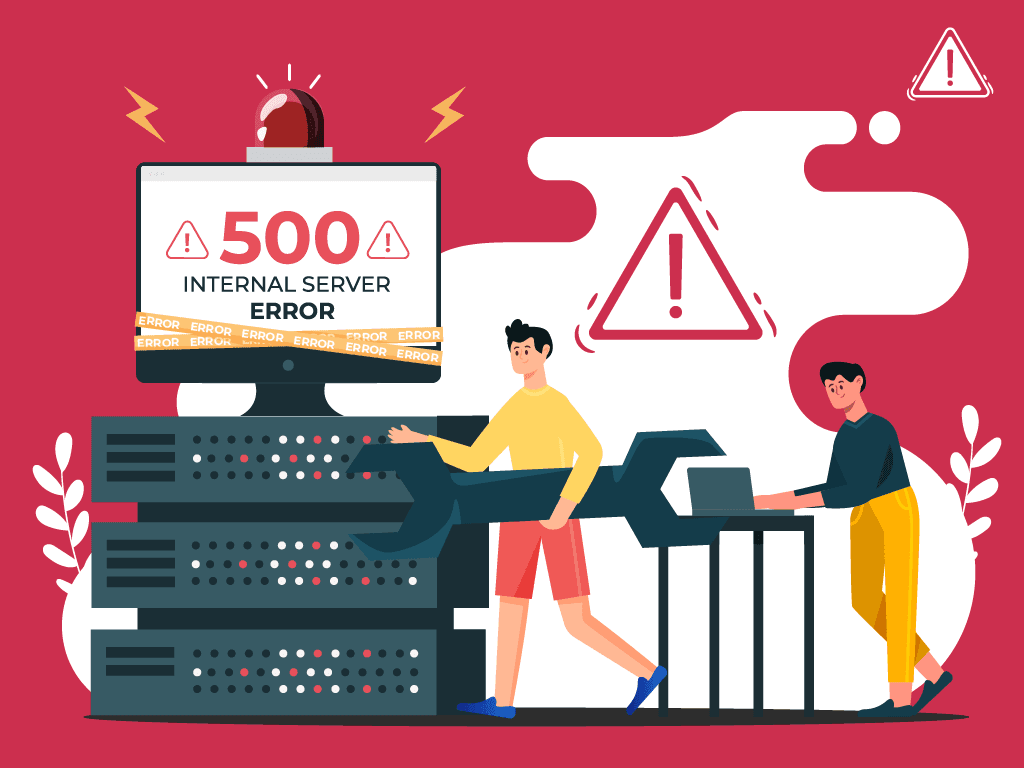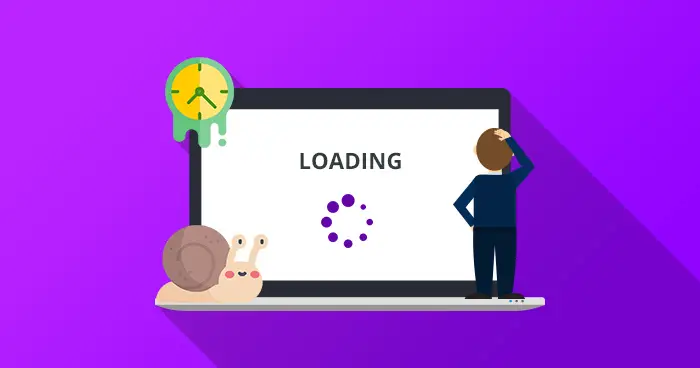Introduction:
Broken links on your website can negatively impact user experience and harm your site’s SEO. This guide provides a step-by-step approach to identify and fix broken links, ensuring a smoother and more reliable browsing experience for your visitors.
How to Fix Broken Links on Your Website:
Step 1: Identify Broken Links:
- Utilize online tools or website crawlers to identify broken links on your site. Google Search Console, online link checkers, or dedicated broken link checking tools can help pinpoint URLs that lead to 404 errors.
Step 2: Access Website Content Management System (CMS):
- Log in to your website’s Content Management System (CMS), such as WordPress, Joomla, or others. Access the backend where you manage your site’s content.
Step 3: Update Internal Links:
- Update internal links by replacing or correcting URLs that lead to broken pages. Use the correct URLs or choose alternative pages with relevant content. Ensure that links within your website point to valid and existing pages.
Step 4: Correct External Links:
- If you have external links on your site, verify their validity. If the external page has been moved or is no longer available, update the link to a relevant and functioning page. If the external content is no longer accessible, consider removing the link.
Step 5: Use Permanent (301) Redirects:
- If a page has been permanently moved or its URL structure has changed, implement 301 redirects. This ensures that visitors and search engines are redirected to the new URL. Update the redirects in your CMS or server configuration.
Step 6: Remove or Replace Unavailable Content:
- If the content linked to is permanently unavailable, consider removing the link or replacing it with an alternative resource. A 404 page or a custom error page can be helpful to guide users when a page is not found.
Step 7: Review Image and Media Links:
- Check image and media links to ensure they are not broken. Update the URLs of images or multimedia content that lead to non-existent files. Ensure that multimedia elements enhance rather than detract from the user experience.
Step 8: Update Navigation Menus:
- If your website has navigation menus, update the links within these menus to point to valid and existing pages. Broken links in navigation can frustrate users trying to explore your site.
Step 9: Utilize a Custom 404 Page:
- Create a custom 404 error page that provides a user-friendly message and suggests navigation options. This helps retain visitors who encounter broken links and provides a better user experience.
Step 10: Regularly Monitor and Update Links:
– Implement a routine for regularly monitoring and updating links on your website. This proactive approach can prevent the accumulation of broken links over time. Automated tools or plugins can assist in ongoing link management.
Step 11: Implement Link Checks During Content Updates:
– Whenever you update or add content to your website, conduct link checks. This ensures that new content does not introduce broken links and that existing links remain valid.
Step 12: Use Link Checker Tools:
– Periodically use online link checker tools or plugins to scan your website for broken links. These tools can provide detailed reports, making it easier to identify and fix issues.
Step 13: Verify Redirect Chains:
– Check for redirect chains, where multiple redirects occur before reaching the final destination. Simplify or update these chains to ensure efficient link redirection.
Step 14: Submit Updated Sitemap to Search Engines:
– After fixing broken links, update and submit your website’s sitemap to search engines. This informs search engine crawlers about the changes and helps in reindexing your site.
Step 15: Monitor Search Console for Errors:
– Regularly check your website’s Google Search Console (or equivalent for other search engines) for any reported errors related to broken links. Address any issues highlighted in the console.
Step 16: Seek Professional Assistance (if necessary):
– If you encounter challenges or if your website is large and complex, consider seeking professional assistance. Web developers or SEO specialists can provide expertise in identifying and resolving broken link issues.
Conclusion:
In conclusion, fixing broken links on your website involves a proactive and systematic approach. Regular monitoring, updating, and using available tools can help maintain a healthy link structure, contributing to a positive user experience and improved SEO for your site.


